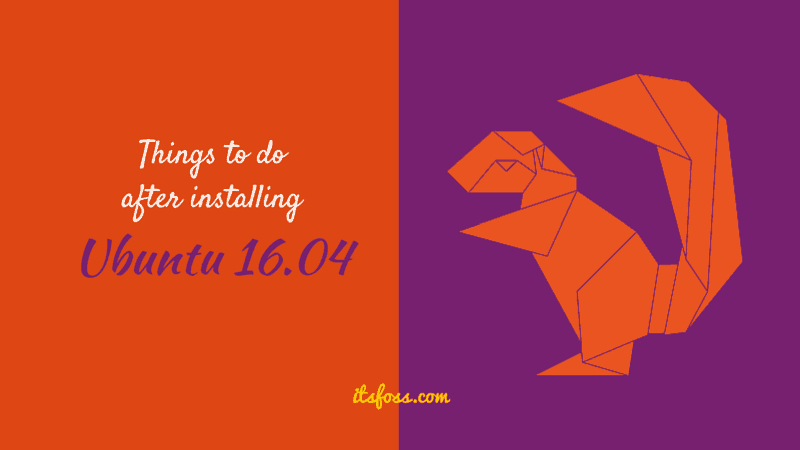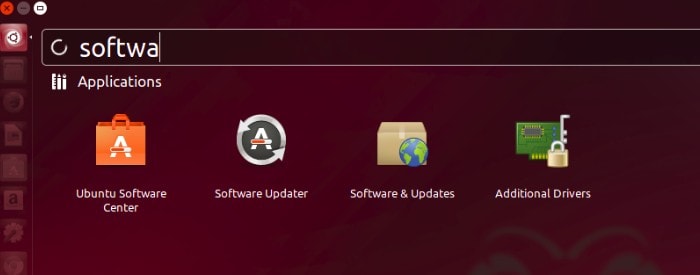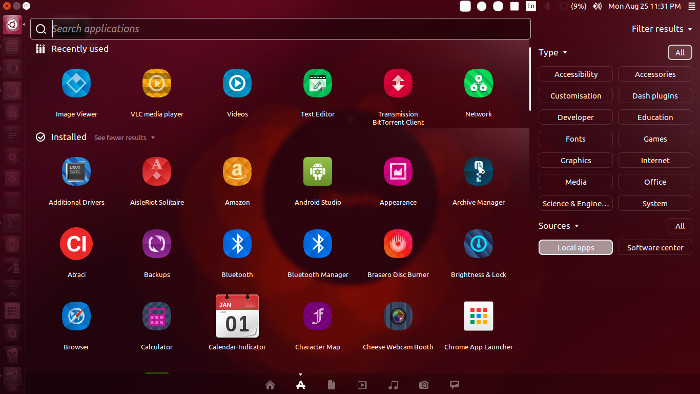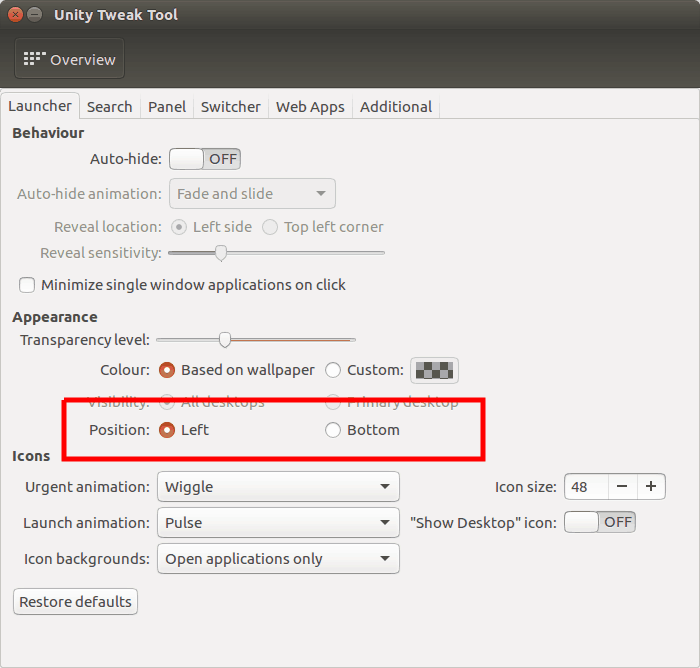Brief: A list of essential things to do after installing Ubuntu 16.04 to get a better experience with it.
Impressed with Ubuntu 16.04 features, you have installed Ubuntu 16.04 and wondering what to do next. Worry not, I have got your back.
Though this list of things to do after installing Ubuntu 16.04 could be different for different users, some of the basic things remain common to everyone. This post, I believe, will surely be essentially helpful for users new to Ubuntu 16.04.
Using newer version?
If you are using Ubuntu 18.04 LTS and Ubuntu 20.04 LTS, please refer to the list of things to do after installing Ubuntu 20.04 and 18.04.
Here I go with the list.
Things to do after installing Ubuntu 16.04
This tutorial has been written keeping Ubuntu Unity in mind. If you are using Xubuntu 16.04, Lubuntu 16.04, Kubuntu 16.04 or some other Ubuntu flavor, some steps might not be applicable to you.
1. Update the system
Updating Ubuntu is the first and foremost thing you need to do after a fresh install. While it may sound weird because you just installed the OS but trust me on this, you must look for updates.
There are reasons to do that. The downloaded disk is not updated every day. So between the release day and the day you download it, there might be plenty of updates already. Also, in my experience, if you don’t update the system, you might see strange issues while trying to install a new program.
Press Super Key (Windows Key) to go to Unity Dash and look for Software Updater. Just run this program. It will look for available updates.
Alternatively, you can use the following command in the terminal:
sudo apt update && sudo apt upgrade2. Use Canonical Partners in Software Sources
The second thing I always advise is to add Canonical Partners in the software repository.
By default, Ubuntu contains a number of programs in its repository. You can find those programs in Software Center. But apart from that, Ubuntu also has a separate repository for third party propriety applications.
By including this “Canonical Partners” repository in software sources list, you can install several other applications, including popular programs like Skype.
Go to Unity Dash, and look for Software & Updates:
Open it and under the Other Software tab, check the option of Canonical Partners.
It will ask for your password and update the software sources. Now if you look in Software Center, you’ll find more applications to install.
3. Install Ubuntu Restricted Extra for media codecs and Flash support
“Ubuntu restricted extras” is the package of several codecs that are not included by default in Ubuntu system. This is due to legal restraints in several countries.
To avoid legal trouble, Ubuntu doesn’t include them in default installation but does provide a separate package for users to easily install the codecs.
Don’t worry it’s safe to install these codecs. After installing these codecs, you can play different media formats such as MP3, MP4, AVI and several other formats without any trouble. Install it using the following command:
sudo apt-get install ubuntu-restricted-extras4. Install a better video player
Totem, the default video player in Ubuntu, is a capable video player in itself. But it just doesn’t suit my need. I prefer VLC media player on any given day.
You can also opt for a better player such as VLC or SMPlayer.
Use the command below to install VLC:
sudo apt install vlcUse the command below to install SMPlayer
sudo apt install smplayer5. Install streaming music service such as Spotify
Spotify is undoubtedly the king of streaming music world. Spotify also has a desktop client for Linux. You can install it using the commands below:
sudo apt-key adv --keyserver hkp://keyserver.ubuntu.com:80 --recv-keys BBEBDCB318AD50EC6865090613B00F1FD2C19886echo deb http://repository.spotify.com stable non-free | sudo tee /etc/apt/sources.list.d/spotify.listsudo apt-get update && sudo apt-get install spotify-clientAlternatively, you can install unofficial Linux desktop client for Google Music and SoundCloud.
6. Install a cloud storage service
It’s 2016 and it would be unbelievable to not use at least one cloud storage service. Until now, my favorite cloud storage was Copy. But Copy is dead now and thus I am back to Dropbox.
You can download Dropbox Linux client from its official website.
Alternatively, you can take a look at the list of best cloud storage services for Linux.
7. Customize the look and feel of Ubuntu 16.04
Ubuntu Unity has got some looks of its own. But it doesn’t mean that you’ll have to stick with it forever. In fact, customization is the one of the most loved features of desktop Linux.
To start customizing Ubuntu 16.04, you’ll need to install Unity Tweak Tool (exclusive for Ubuntu Unity users). Use the command below to install Unity Tweak Tool:
sudo apt install unity-tweak-toolWith the help of Unity Tweak Tool, you can change themes in Ubuntu, change icon themes and change the behavior of Unity Launcher.
Take a look at some of the best icon themes for Ubuntu (it’s for Ubuntu 14.04 but equally applicable for Ubuntu 16.04).
8. Move Unity Launcher to bottom
I could have included this in point 7, but I wanted to focus on it separately. Unity Launcher has been stuck to the left side of the screen ever since it came into existence. For the first time, the position of Unity Launcher can be changed. This is one of the most talked about features of Ubuntu 16.04.
You can easily change the position of Unity Launcher in Ubuntu using Unity Tweak Tool.
9. Improve battery life and reduce overheating with TLP
TLP has become an essential part of each Ubuntu installation for me. This little daemon optimizes the power management in the system and provides you with a longer battery life and reduced overheating.
TLP is now available in the main Ubuntu repository. You can install it using the command below:
sudo apt install tlp tlp-rdwNow use the command below to start TLP.
sudo tlp startNo need for any configuration changes. It will be automatically started with each boot and tweak your system’s power consumption.
In addition to TLP, I advise you to read these best practices to reduce overheating in Linux laptops.
What’s next?
You should not stop here. Keep exploring and keep improvising. These basic steps will give you a more usable system and a better experience with Ubuntu 16.04 for the start.In previous
In previous versions of Ubuntu, there were complaints of excessive brightness and no sound at all. I haven’t experienced those issue so far, but you can try the previous solutions and it might help.
If you are already using Ubuntu 16.04, what are your favorite post installation things? Care to share your list with rest of us?







